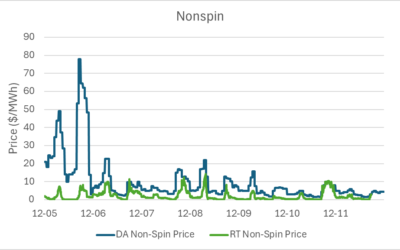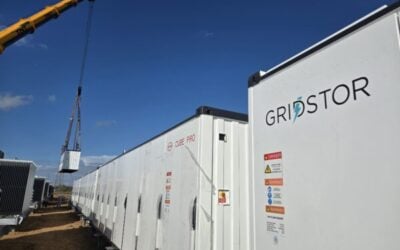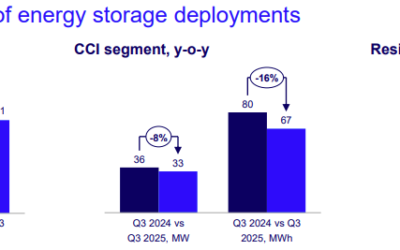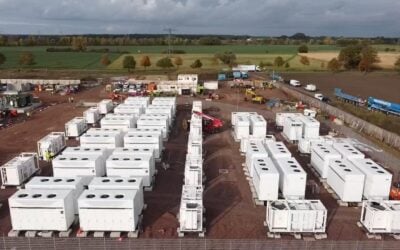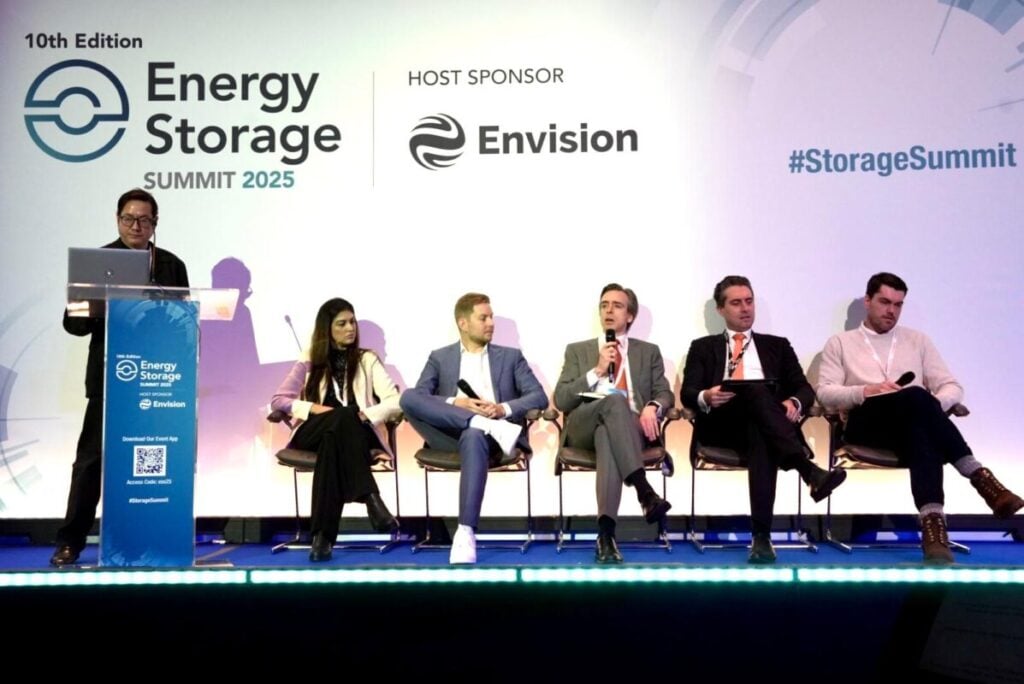
On the first morning of the Energy Storage Summit, a panel of industry experts faced pressing questions from an auditorium full of Europe’s energy storage professionals.
Among the topics discussed were the future ownership modules for BESS assets, methods to ensure optimised performance and revenue streams and the most exciting energy storage technologies of the future.
LFP is hard to beat
“There’s still such a long way to go in the density and cycle life improvements [for lithium iron phosphate battery technology],” said Marek Kubik, director of BESS ENOWA at NEOM, the Saudi megaproject. “It’s still a very hard technology to beat.”
Unsurprisingly, this was the consensus among the panellists when asked which energy storage technology they thought was the most exciting.
Try Premium for just $1
- Full premium access for the first month at only $1
- Converts to an annual rate after 30 days unless cancelled
- Cancel anytime during the trial period
Premium Benefits
- Expert industry analysis and interviews
- Digital access to PV Tech Power journal
- Exclusive event discounts
Or get the full Premium subscription right away
Or continue reading this article for free
However, Kubik said there are some potential issues around LFP. “One is the supply chain – essentially bottlenecks like we saw a couple of years ago. It’s unlikely to happen again, but if it did, you’d need a hedge [technology].”
“The second is strategic.” He says “the Kingdom” (of Saudi Arabia, where NEOM is based) is “trying to set up a regional supply chain. I think that [opportunity] has largely sailed on the LFP front, but there are opportunities on others.
“If I were to pick one other technology that addresses both the hedge and the localisation point, it would be sodium ion.”
Erik Strømsø, CEO of BW ESS, agreed and said sodium ion could function as a “pressure release valve” for the LFP supply chain in the event of any issues or bottlenecks.
“If you can get sodium ion up to a similar cycle life and a similar cost point to LFP, it’s very attractive for a number of other reasons,” Kubik said. “Tying [sodium ion technology production] to a part of the area where there’s a lot of desalination need and sodium is a byproduct of that is very interesting.”
Asset optimisation and trading
Will it become the norm for asset owners to trade their own batteries, or will there be an increase in trader and optimiser services?
“It depends on scale,” said Luke Gibson, COO of Field, the UK-headquartered BESS developer. “At a certain level, it makes sense to optimise your own assets.”
However, he said that the ability to optimise and trade batteries in-house requires a high level of performance and technical knowledge both to receive financial backing and to consistently handle the assets at a high standard.
Strømsø said: “I don’t think [self-optimisation] will become the norm, but I think you have to understand how to optimise your assets.” The panel broadly agreed with this, highlighting the importance of knowledge within a company whether or not it handles its own trading and optimisation.
Fundamentally, he said, energy storage development, construction and ownership is “a very complex business already” and companies need to decide for themselves where to set their boundaries.
Who will own the storage?
An audience member asked whom the panellists expected to own the majority of energy storage projects in the future: utilities, IPPs or investment firms? Predictably, answers varied.
Kubik said that the Middle East and wider MENA region is seeing a lot of long-term offtake agreements: “You’re starting to see more BESS + PV, as well as standalone BESS, auctioned. That’s almost always an IPP model. I think that’s going to be the long-term model in MENA.”
Gibson said that across Europe, utilities and system operators generally want “flexibility” over asset ownership, which is more readily provided by the IPP ownership model.
However, both Kubik and Strømsø agreed that government and utility involvement is necessary to achieve the extremes of speed and scale which have been seen in the Middle East market.
The Saudi Electricity Company (SEC) has signed massive multi-project BESS deals with suppliers like BYD to the tune of 12.5GWh and Kubik said that the SEC is planning to build nine 2.6GWh BESS projects in “the next year, year and a half.”
Strømsø said that speed and scale like this requires government involvement. However, he reiterated that the industry cannot wait around for reliable opportunities if it is to meet the growing demand for energy storage and renewable power. “[the industry must] take the risks on,” he said, “not wait for someone to take risk off our hands.”


